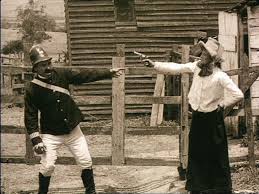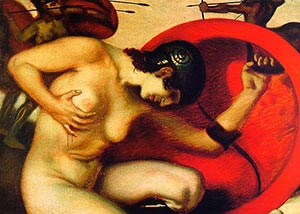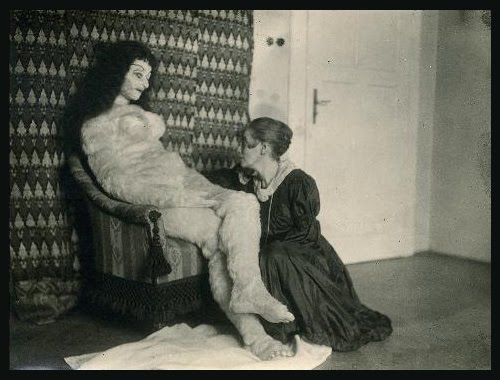1900 – 1910 was not just a new era for orchestral music and the arts – huge discoveries were being made in the scientific world too.
Albert Einstein proposed his Theory of Relativity in 1905, Max Planck formulated Quantum Theory in 1900 and Sigmund Freud published both the ‘Interpretation of Dreams’ and his Theory of Sexuality during this decade.
It was also a decade of great invention, with the creation of some of the everyday household items we couldn’t imagine living without today…
Vacuum cleaner
Hubert Cecil Booth of England has the strongest claim to inventing the motorised vacuum cleaner, in 1901. The idea came to him as Booth watched a demonstration of a cleaning device, which blew dust off the chairs, and thought it would be much more useful to have one that sucked dust up. He tested the idea by laying a handkerchief on the seat of a restaurant chair, putting his mouth to the handkerchief, and then trying to suck up as much dust as he could onto the handkerchief. Upon seeing the dust and dirt collected on the underside of the handkerchief, he realised the idea could work.
The initial device was a large, horse-drawn creation, nicknamed the “Puffing Billy”, with a piston pump and a cloth filter.
Booth initially did not attempt to sell his machine, but rather sold cleaning services. The vans of the British Vacuum Cleaning Company (BVCC) were bright red; uniformed operators would haul the hose off the van and route it through the windows of a building to reach all the rooms inside. Gaining the royal seal of approval, Booth’s motorized vacuum cleaner was used to clean the carpets of Westminster Abbey prior to Edward VII’s coronation in 1901.
Bakelite
The first so called plastic, based on a synthetic polymer was invented in 1907, by Leo Hendrik Baekeland, a Belgian-born American living in New York state. Baekeland was looking for an insulating shellac to coat wires in electric motors and generators. He found that combining phenol (C6H5OH) and formaldehyde (HCOH) formed a sticky mass and later found that the material could be mixed with wood flour, asbestos, or slate dust to create strong and fire resistant “composite” materials. Bakelite was originally used for electrical and mechanical parts, coming into widespread use in consumer goods and jewellery in the 1920s.
Safety Razor
On November 15, 1904, patent #775,134 was granted to King C. Gillette for a safety ‘razor’. After his Wisconsin home was destroyed by fire, Gillette decided that the only way to successfully make some money and build back his life, was to come up with a great invention.
In 1895, after several years of considering and rejecting possible inventions, Gillette suddenly had a brilliant idea while shaving one morning. It was an entirely new razor and blade that flashed in his mind—a razor with a safe, inexpensive, and disposable blade.
It took six years for Gillette’s idea to evolve and during that time, technical experts told Gillette that it would be impossible. However by 1903, he had succeeded and production of the razor and blade began as the Gillette Safety Razor Company started operations in South Boston.
Cornflakes
This idea for corn flakes began by accident when Dr. John Harvey Kellogg, the superintendent of The Battle Creek Sanatorium in Michigan, and his younger brother, Will Keith Kellogg, left some cooked wheat to sit while they attended to some pressing matters at the sanatorium. When they returned, they found that the wheat had gone stale, but being on a strict budget, they decided to continue to process it by forcing it through rollers, hoping to obtain long sheets of the dough. To their surprise, what they found instead were flakes, which they toasted and served to their patients.
In 1906, Will Keith Kellogg decided to try to mass-market the new food. He tried adding sugar to the flakes to try to make them more appealing to the masses, but this caused a rift between his brother and him. At the same time, Kellogg also began experimenting with new grain cereals to expand his product line. Rice Krispies, his next great hit, first went on sale in 1928.
Teabags
The first tea bags were hand-sewn silk bags. Tea bag patents date back as early as 1903, first appearing commercially around 1904. Tea bags were successfully marketed by the tea and coffee shop merchant Thomas Sullivan from New York, who shipped his tea bags around the world. The loose tea was intended to be removed from the sample bags by customers, but they found it easier to brew the tea with the tea still enclosed in the porous bags.
The first serving of iced tea was also made in 1904 by Englishmen Richard Blechynden at the St. Louis Fair.
Check out our Pinterest board for A New Era, for more images and video clips.












